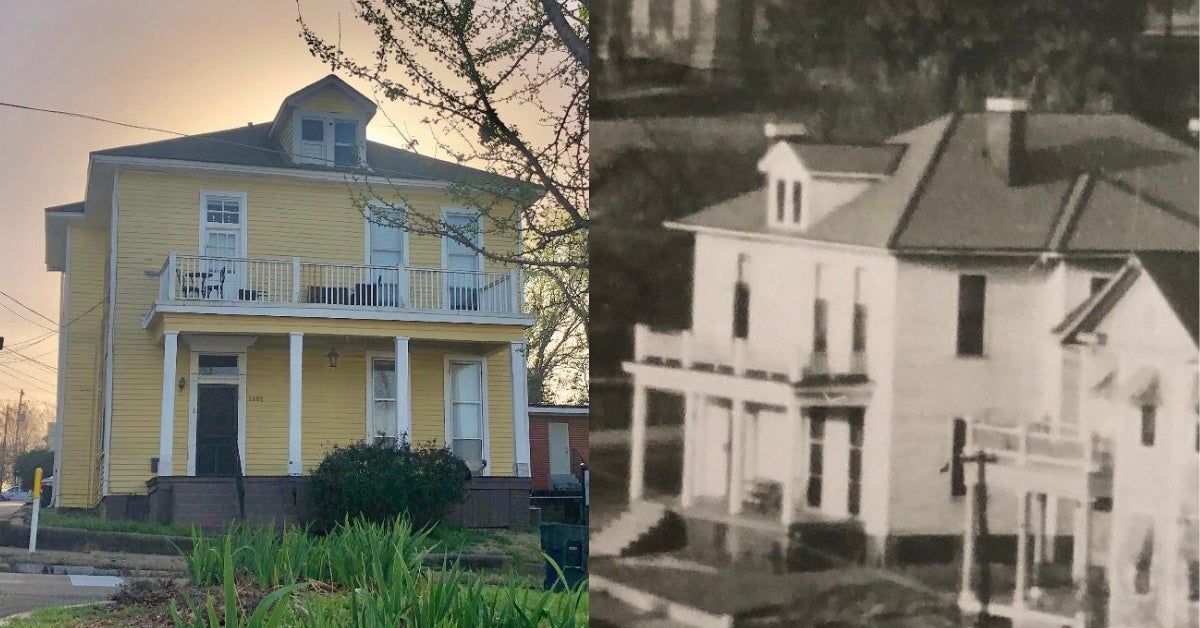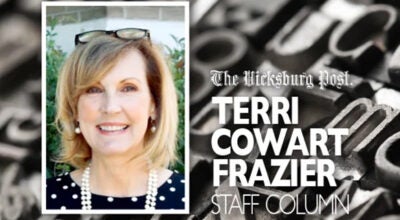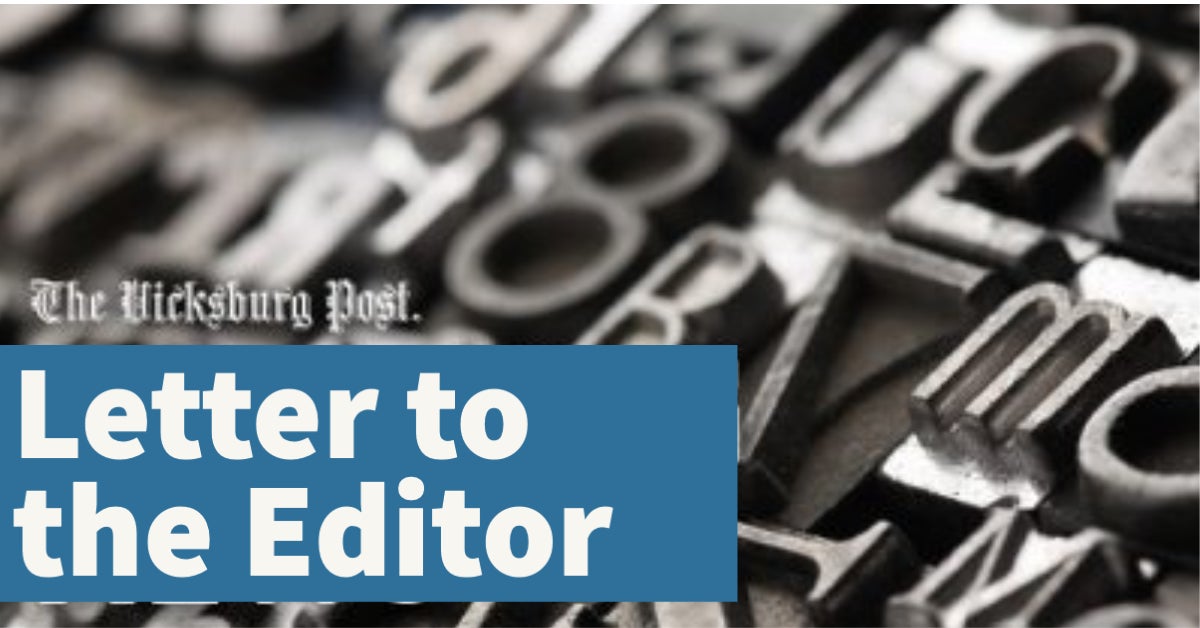LOOKING BACK: An iconic piece of Monroe Street history
Published 8:00 am Wednesday, March 1, 2023

- 1101 Monroe St. pictured today and in 1967. (Photos Submitted)
By Nancy Bell | Vicksburg Foundation for Historic Preservation
This American Foursquare house, 1101 Monroe St., was built in 1904 on the southeast corner of Monroe and Grove streets on property owned by Mrs. J.S. Harrison.
According to an article in the Vicksburg Herald in March of that year, the Ledbetter Brothers were hired to build the frame house and that it would be “rather larger and more expansive than the one just south of it, and reparations have already begun for its erection. It was first necessary to tear down the old stable and storage shed that has been used for so long by Frank J. Fisher, and this has been done, all that is necessary being to clear the lot of the encumbering debris, and that work has been started already.”
The west half of this block was owned by Seraphim and Mary Spengler and was occupied by their lumber yard. The Spenglers had five sons and one daughter. One of the sons died at age 1 and three of the sons died during the Yellow Fever epidemic in 1878, leaving August and Josephine to inherit the property after Seraphim’s death in 1888.
The lumber mill burned in 1893 and the property sat mostly vacant until 1904 when Josephine and her brother started building residences on it. Josephine Spengler married James Harrison and she built this house and rented it out.
The house was listed as vacant in 1906 but occupied by Naomi Spiegel (widow of Herman) and Jacob and Hazel Sartorius from 1911 through at least 1914. Sartorius was a clerk at Fischel and Hirsch.
In 1918, Samuel and Yetta Schreier and their sons, Paul and Phillip; and Charles and Katherine Scott called the house, home. Schreier was a shoe salesman and Scott was a clerk with Max Isaac and Company. By 1929, Roderick and Made Ferguson lived here. Ferguson was an insurance agent.
By 1935, the original builders of the house, James and Josephine, lived in the house. Josephine died a year later in 1936, and James followed her a year later.
The American Foursquare appeared in Vicksburg in the early 1900s and was a reaction to the excesses of the Queen Anne style and an attempt to return to simplicity and honesty. It was found in pattern books and was a two-story, square box-shaped building with a hip roof and widely overhanging eaves. There was generally a one-story full-façade front porch and classical detailing. 1101 Monroe St. remains an important part of the streetscape today.





